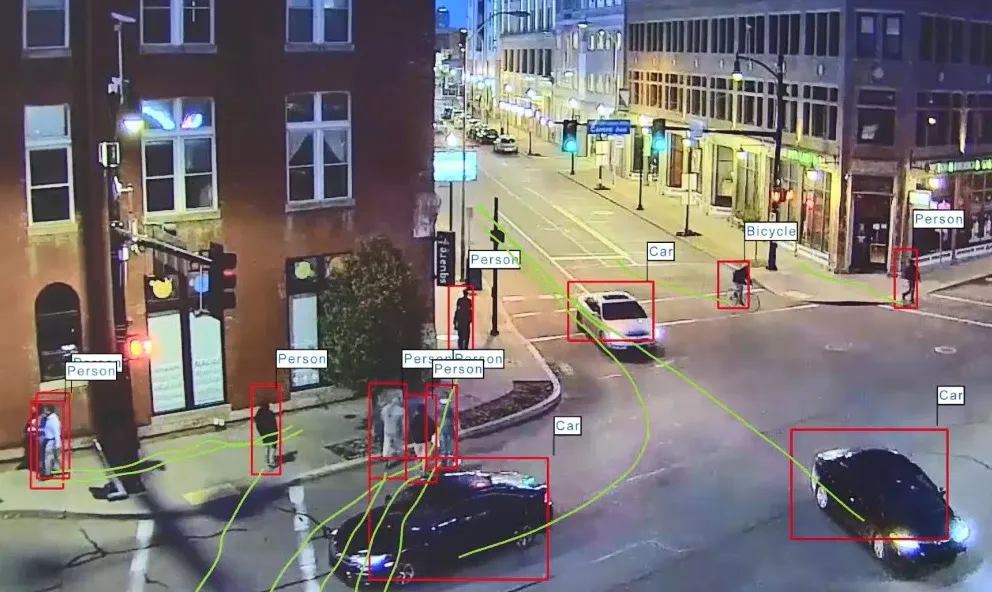
“We wanted to provide authorities with a tool that allows them to fully exploit the power of different types of data available, including connected vehicle data as well as that from conventional sensors,” said Swarco solution manager for smart mobility, Manuel Milli.
The Omina City Dashboard, is already being used by around 20 cities in Germany and another 10 in the Nordic countries. The software can be controlled to display historic and real-time traffic flow, city-wide or at individually selected junctions or parts of a street network.
Traffic flows can be analysed for measuring the effectiveness of traffic management systems and the performance of field equipment. The software can also be used to study congestion and trends in types of travel behaviour, by mode, speed and distance.
“This software builds on the concept of traffic management as a service, using both data and software held in the Cloud if required. There is no need for authorities to own a substantial IT platform system, so the City Dashboard is ideal for medium sized or smaller cities.
“By offering services via the Cloud, we’re taking what is now a common concept in the IT world and bringing it into the traffic management market. We know it requires a change of mindset among highway authorities, but it’s what we’re aiming for.”










